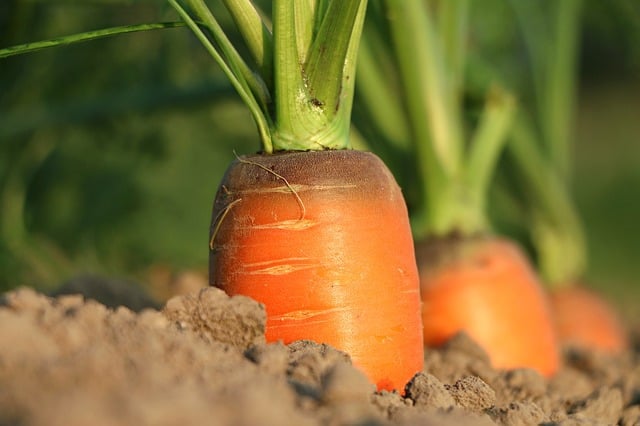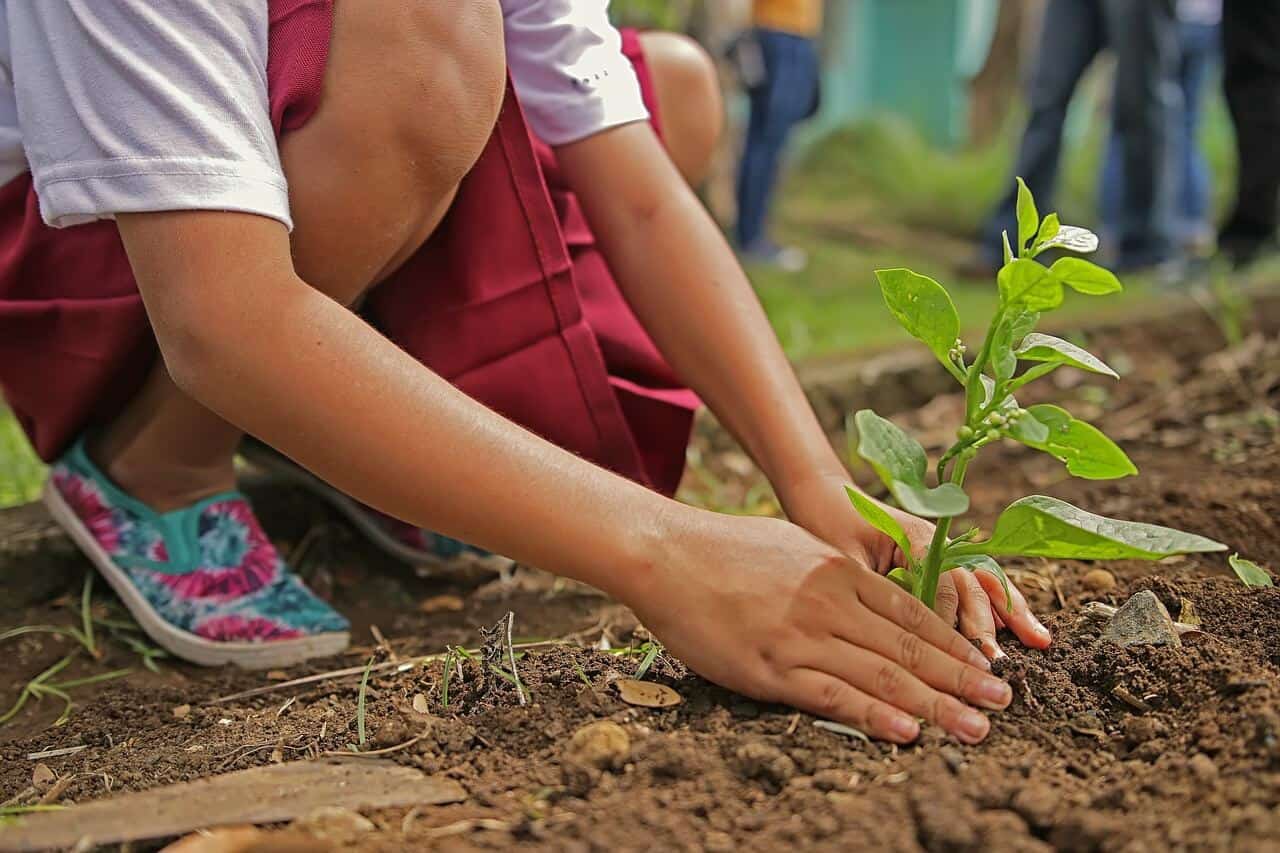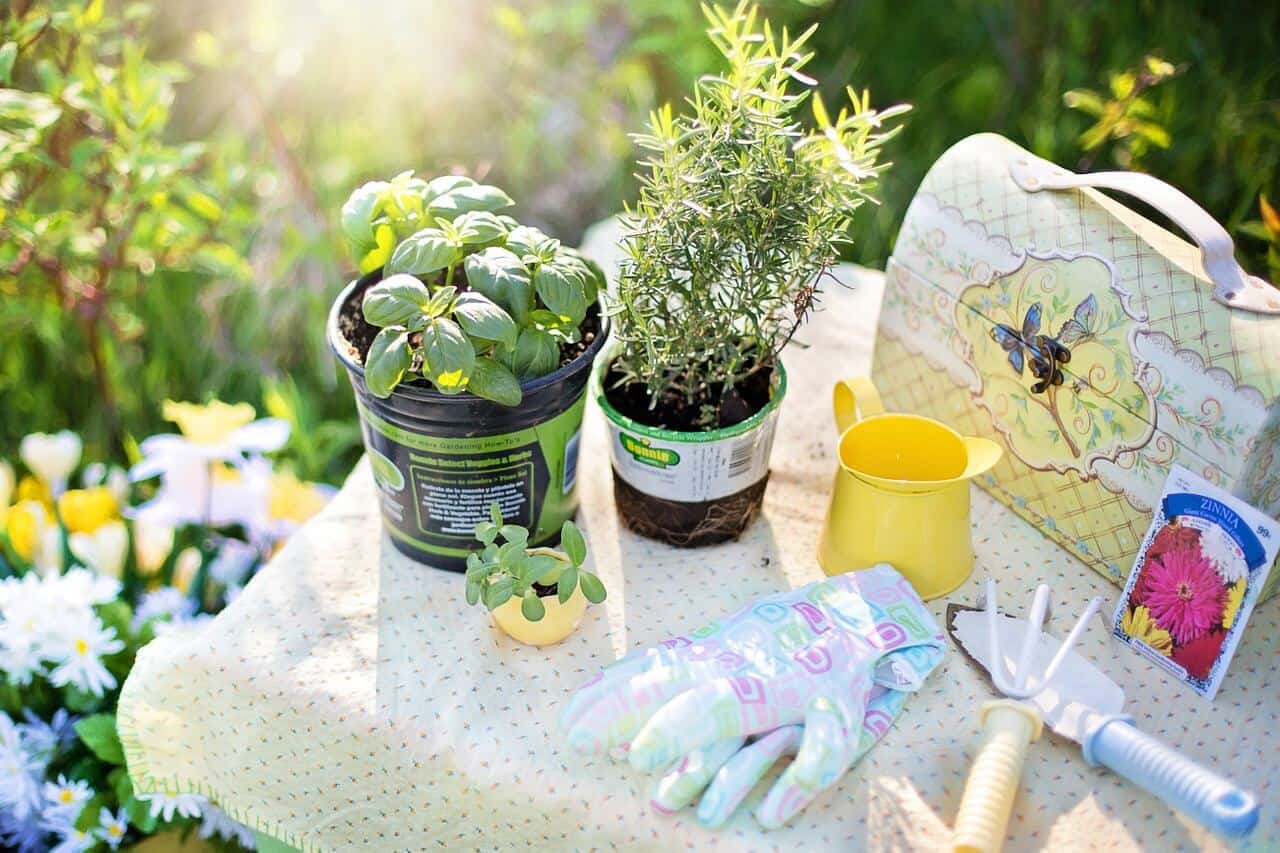Gardening can be a partner for life once it becomes a passion. As a child, you may have only been curious about what your parents or grandparents were doing in the backyard with gloves on. Today, you’re committed to being a full-pledged mother who would like to know how to start a garden and develop one’s own.
The good news is that it’s just easy to begin a garden – be it a flower garden or a vegetable garden. You only need seven quick steps, and you’re on your way to getting started gardening. These tips on gardening for beginners can set you on track for years of developing your green thumb.
Table of Contents
1. Decide What You’ll Plant

A planning phase always comes first in any venture. The same is true when starting a garden. You need to envision what kind of garden you would like to have. It doesn’t have to be so big and ambitious at the beginning. You can always begin with simple crops that would bring you the fastest reward to increase your delight in gardening.
If you’re thinking about a vegetable garden, you can choose any of the following for a start:
- Spinach. Growing is fast and straightforward. You can harvest fresh spinach straight from your garden in just 4 to 6 weeks. Plus, the nutrients you can gain from spinach are invaluable.
- Lettuce. If you love to put lettuce in salads, you better plant your bunch. Most lettuce would be ready for harvest in just about 30 days.
- Green Onions. Love sprinkling them over your favorite dishes? At around 3 to 4 weeks, you can already get green onion stalks.
There are a lot more veggies that grow fast, taking two months at maximum to offer you a mature harvest. Try going for turnips, broccoli, kale, radishes and baby carrots in your vegetable garden. Your kids will love to eat more if they know where their veggies come from – fresh from their mom’s garden.
If you love to start off with a flower garden, you may do so. You can begin with sunflowers. Young children will be delighted to see plants like these that can be taller than themselves. The sight will inspire them to learn how to start a garden, too.
2. Check Your Soil And Sunlight Exposure

After brainstorming on what to plant, you get to ask yourself where. For some moms, they would find it more convenient to check their backyard first before deciding what to plant.
In this list, we have purposefully triggered your passions first, so you didn’t have to get intimated by the “obstacles” you may later have on details as minute as the type of worm in your soil. You can get around those factors.
Gardening For Beginners: Inspecting Your Soil
Well, as for soil characterization, you would need a soil test kit. You can easily purchase one from gardening shops. For any lack in your soil, you can compensate that with fertilizers. You can even make a natural soil improver through composting.
How To Start A Garden: Checking On Sunlight Exposure
What you need to find next is an area exposed to sunlight. If you don’t have a vast outdoor space, you can still start planting indoors. You can buy planters that you can hang on balconies where the sun could greet and extend its rays all day to your plants.
3. Buy Your Gardening Tools

You have already encountered two tools while reading: a soil tester kit and a planter. However, there are a lot more essentials that you would need for your gardening hobby to flourish.
When you’re still starting a garden, you need to invest in the following:
- Gardening gloves
- Digging tool
- Watering jug or watering hose with dial
- Shovel
- Garden rake
- Wheelbarrow
- Hat
- Gardening boots
The list can go on, but you can gradually add the other stuff. Remember though that your set of tools would largely depend on the kind of gardening you would do. If you’re starting with pots and you’re planning to buy fertilized soil, you may not need a shovel for the meantime. For most starters, a complete set of hand tools will do.
4. Prepare Your Garden Beds
As mentioned, the size of your garden beds would depend on the type of garden you’d like to have. For starters, it can be as small as the size of your container.
In general, you have to till your soil to loosen it, clear your sod, and add organic matter. You can add layers of compost, about two to three would be enough. You may include grass clippings, decayed leaves, and even old manure. You may also need to keep in mind some principles when making garden beds.
How To Start A Garden: Garden Bed Preparation
- The most significant factor for achieving a good plant root system is adequate soil preparation.
- Kill the existing vegetation first when preparing a brand-new garden bed. Such vegetation includes weeds or some woody plants.
- For both brand-new and existing beds, work them out when they are moist, but not when they are wet.
- Include two to three inches of compost to your soil when preparing it.
- Dress your garden bed with an additional layer of compost at the top to preserve moisture and keep weeds away.
If you wish to enrich your soil more, organic matter would be of great help. Chicken or cow manure, for instance, act as natural, slow-release fertilizers. You can also buy compost from garden centers.
5. Purchase And Plant Your Seeds
Local as well as online gardening stores offer different varieties of seeds you’ll find in little packs or bulk. Again, you may begin with quick-growing plants. For veggies, try carrots, lettuce, spinach, and squash.
Before planting or even buying, first check out your frost dates. Follow seed packet labels that read like “plant two weeks before your last frost date.” The last frost date refers to the usual last calendar date in which you may experience a killing frost in your region. Some seeds or plants can be put out before the last frost date, while others could not until the risk of frost is past. Frozen ground can harm the seeds within it. To avoid these mistakes, search on the average frost dates where you live and follow the planting instructions on the seed packets.
6. Water Carefully
Some people think watering requires less thinking than all the other tasks in gardening. Unwise watering practices, though, may produce negative results. Learning how to start a garden means learning to water the proper way.
For instance, if you water your plants overhead, you may encourage shallow root growth and spread of disease. It’s a lot better to water at the root of your plants, giving them a more satisfying drink. You’re also saving water from drying up too quickly.
Starting A Garden: Watering Guidelines
You may find that there are principles and tips to follow when watering your plants. When you apply them, they can help you yield the best crops and save you from gardening heartaches.
- Install a soaker hose early in your planting season, just before the plants get big. The soaker hose ensures that the water will reach the root zone.
- Slow watering is typically more effective than applying too much water at once.
- Water in the morning, and water thoroughly and deeply.
- Beginners may use a soil moisture sensor to know if it’s time to water. Alternatively, you may also use automatic timers. You can use the water timers even if you’re on vacation, as long as you’ve set the specific times for automatic watering.
- Drip systems also apply water slowly at the ground level. You may install them later as you develop your garden.
7. Use Mulch To Fight Against Weeds
Learning how to start a garden means learning how to fight weeds, too. Mulch is just a layer of generally harmless material laid on top of the soil. Its essential function is to keep water in and at the same time keep weeds out. You can use the following as mulch:
- Pine needles
- Cocoa hull
- Bark chips
- Straw
- Shredded leaves
- Grass clippings
- Newspaper
- Compost
If you have veggies in your garden, you can use mulch that decomposes in a few months. Meanwhile, you can use harder, longer-lasting ones if you’re planting perennials.
Mulching also offers an additional advantage when it comes to watering. Mulch slows down evaporation from the soil and lessens surface runoff.
Now You Know How To Start A Garden
Starting a garden doesn’t have to be hard. In fact, beginning your garden can both be a fun and rewarding experience. Remember that every successful endeavor begins with a plan that you carefully follow in small, gradual steps.
Again, envision what you want to achieve within a month or two. Pick a plant you would like to harvest by the end of that period and start preparing your space for that plant. Don’t stress out too much on buying all gardening tools: pick the basics for now. By and by, educate yourself more. Teach others how to start a garden, too. You’ll soon be the next gardening expert you have dreamed of being.
